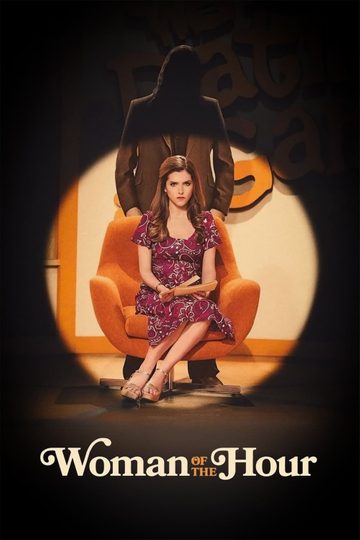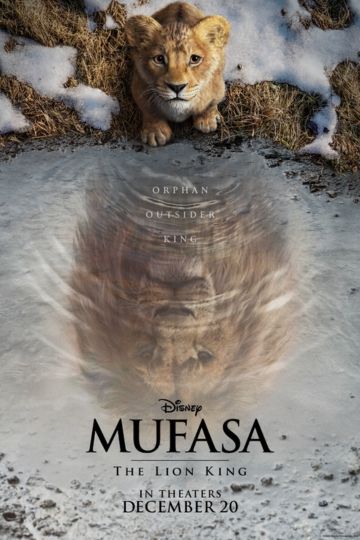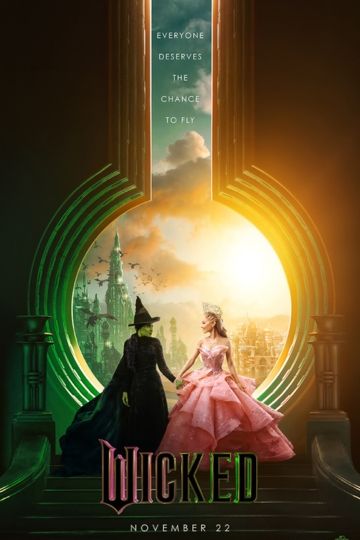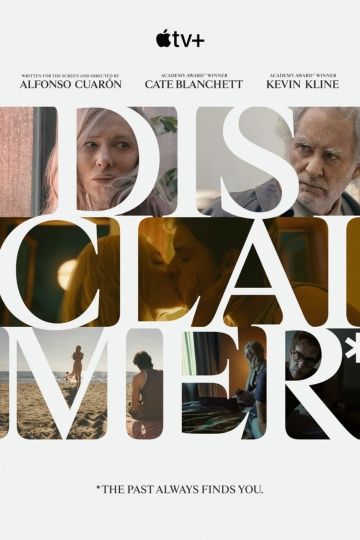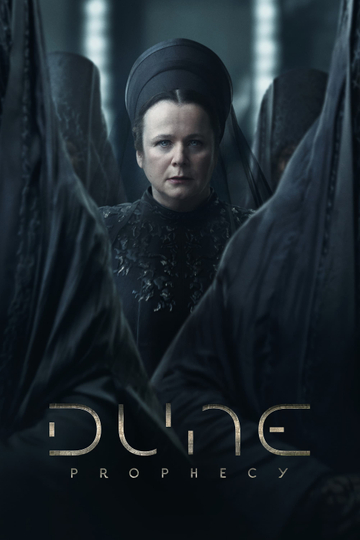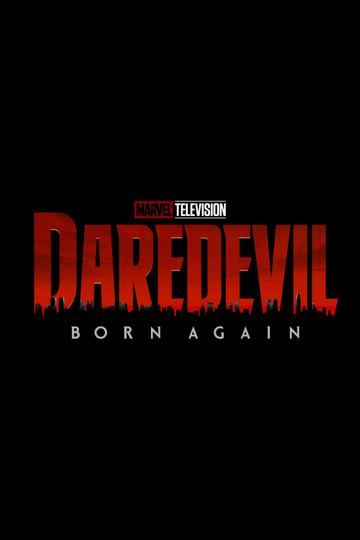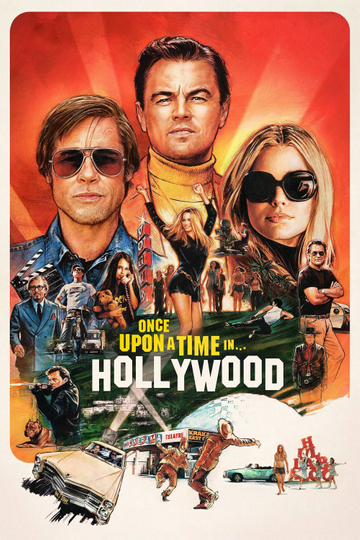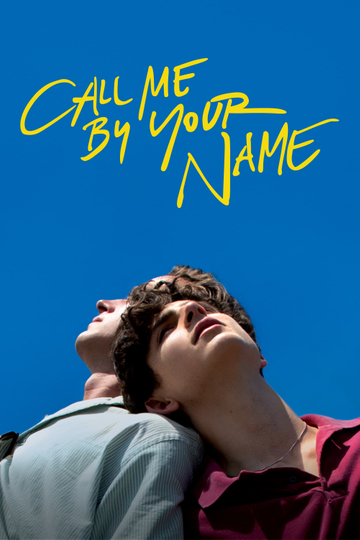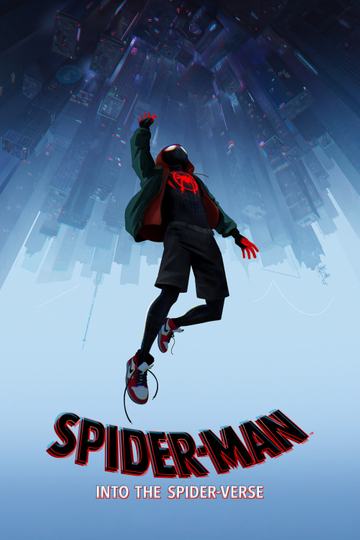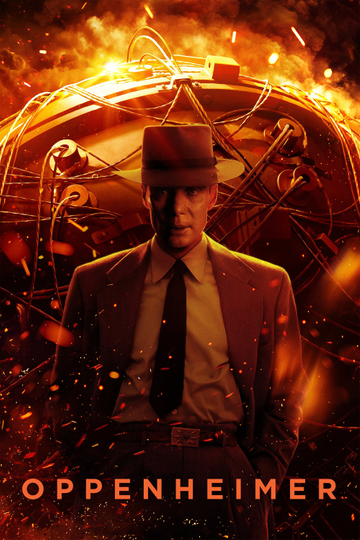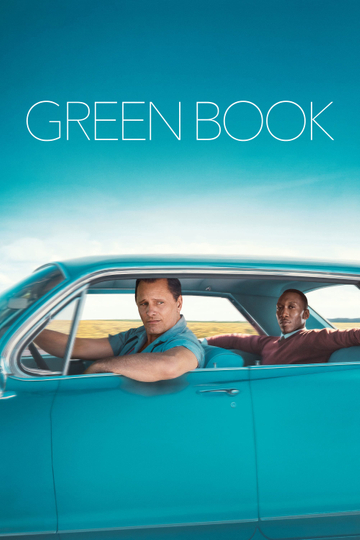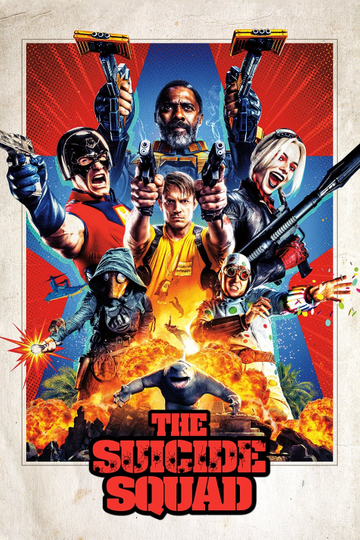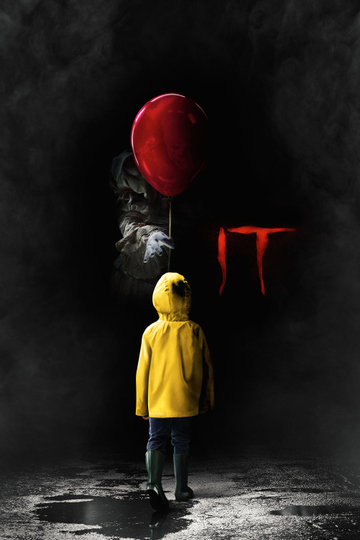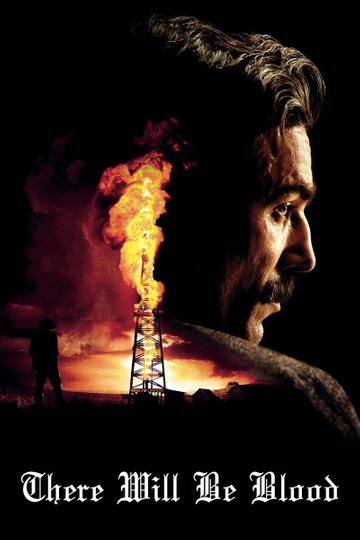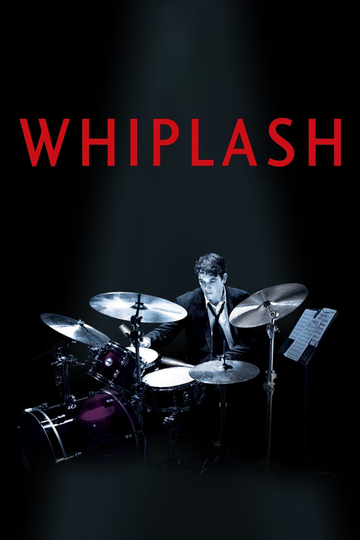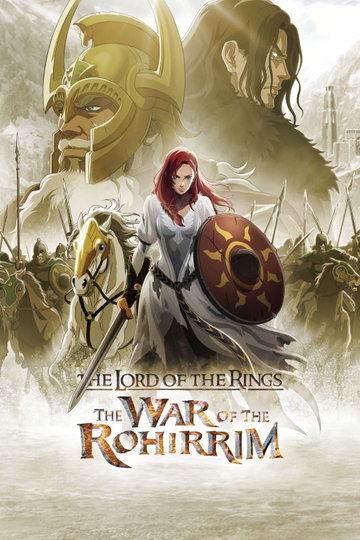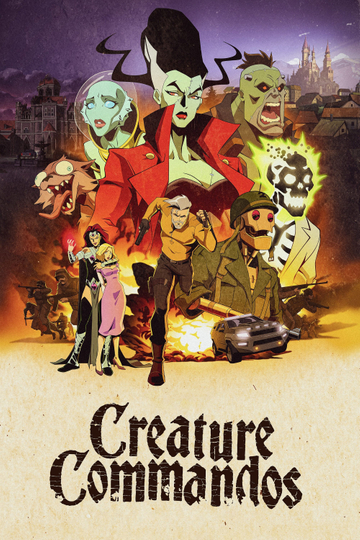Need to watch 'The Golden Thread' on your TV, phone, or tablet? Searching for a streaming service to buy, rent, download, or watch the Ritwik Ghatak-directed movie via subscription can be tricky, so we here at Moviefone want to do right by you.
Read on for a listing of streaming and cable services - including rental, purchase, and subscription alternatives - along with the availability of 'The Golden Thread' on each platform when they are available. Now, before we get into the various whats and wheres of how you can watch 'The Golden Thread' right now, here are some finer points about the J.J. Films drama flick.
Released October 13th, 1965, 'The Golden Thread' stars Madhabi Mukherjee, Satindra Bhattacharya, Abhi Bhattacharya, Gita Dey The movie has a runtime of about 2 hr 3 min, and received a user score of 67 (out of 100) on TMDb, which put together reviews from 33 experienced users.
Interested in knowing what the movie's about? Here's the plot: "After an old college friend offers him a job at an iron foundry, the upright and honest Ishwar leaves a shanty town on the outskirts of Calcutta where he lives with a group of refugees from East Bengal. With plans to forge a solid living for himself, sister Sita and Abhiram, an orphaned boy he offers a home to, Ishwar is accused of selling out and deserting his people."
'The Golden Thread' is currently available to rent, purchase, or stream via subscription on Mubi .
'The Golden Thread' Release Dates
Watch in Movie Theaters on October 13th, 1965
Partition Trilogy
Ritwik Ghatak was averse to the term “refugee problem”. In one of his interviews, he said, “I have tackled the refugee problem, as you have used the term, not as a ‘refugee’ problem. To me it was the division of a culture, and I was shocked”. This shock would give birth to a trilogy on the Partition – Meghe Dhaka Tara (The Cloud-Capped Star), 1960; Komal Gandhar (E-Flat), 1961; and Subarnarekha (The Golden Thread), 1962. In them, he highlighted the insecurity and anxiety engendered by the homelessness of the refugees of Bengal; tried to convey how Partition struck at the roots of Bengali culture; and sought to express the nostalgia and yearning that many Bengalis felt for their pre-Partition way of life.
Similar Movies
Movie and TV Reviews
Awful ‘Kraven The Hunter’ Ends Sony’s Marvel-Based Film Cycle at Last. The soulless, insipid ‘Kraven...
Timothée Chalamet Captures the Mystic of Bob Dylan in 'A Complete Unknown'. Director James Mangold delivers...
‘The Lord of the Rings: The War of the Rohirrim’ Mixes Anime With Tolkien to Mostly Successful Results....
‘Star Wars: Skeleton Crew’ Brings an Amblin Movie Feel to that Galaxy Far, Far Away. A roguish Jude...
‘Creature Commandos’ Kicks off James Gunn’s DC Universe in Violent, Funny, Wild Style. Gunn brings...
A Poignant Daniel Craig Can’t Help ‘Queer’ From Wandering Off Course. ‘Queer’ stars Daniel...
‘Moana 2’ Is A Fun Sequel But Doesn’t Replicate the Magic of the Original. Auli’i Cravalho and...
‘Flow’ is a Beautiful, Meaningful Animated Adventure Featuring a Brave Feline. Co-written and directed...
‘Wicked’ Defies Gravity to Bring the Stage Musical to Screens With Resounding Success
...

